The Furniture: Architecture of Anxiety in The Golem
 Wednesday, June 17, 2020 at 11:25AM
Wednesday, June 17, 2020 at 11:25AM  "The Furniture" is our series on Production Design. Click on the images to see them in magnified detail.
"The Furniture" is our series on Production Design. Click on the images to see them in magnified detail.
The story goes that Paul Wegener first heard of the Golem while shooting The Student of Prague (1913). Though he was clearly caught by the story, Wegener may also have been entranced by a glimpse of the old Josefov, Prague’s Jewish ghetto. Dating back to the Middle Ages, the neighborhood was almost entirely demolished between 1893 and 1913 to make room for Paris-style boulevards. Inspired, Wegener made two (now-lost) Golem movies during World War One - though not in Prague.
By the time he started on The Golem: How He Came into the World (1920), the world had changed. The Austro-Hungarian Empire was gone. Prague was the capital of brand-new Czechoslovakia, a Czechoslovak-speaking nation - which would be complicated for its mostly German-speaking Jews. Frankly, Wegener could have set his Golem movie in 1920 if he wanted...
But he had something else in mind. Rather than make do with the handful of extant buildings, he wanted to recreate the entirety of the 16th century Josefov in a studio. He didn’t need a production designer, he needed an architect.
He reached out to Hans Poelzig, an Expressionist whose truly bewildering Großes Spielhaus opened in 1919. The Berlin theater was a gigantic cavern, complete with stalactites, which was sadly torn down in 1980. Frankly, it’s a miracle it was ever built. Poelzig’s grand Expressionist fantasies pushed the boundaries of architectural reason – like his plans for the Salzburg Festspielhaus and the Palace of the Soviets, neither of which came to be.
But a movie set, which only had to hold up during production and which had no requirements for things like plumbing? Much easier to pull off. Poelzig went to work on the drawings and his wife, sculptor Marlene Moeschke, did the models.
His inspiration was two-fold. First, the narrow streets and packed-in buildings of the historical Josefov. Second, the Expressionist necessity of design as the manifestation of sharp anxiety and chaotic anger - that of a 16th century Jewish community at constant threat of eviction and pogrom. As such, The Golem’s look is more naturalistic than that of Nosferatu or The Cabinet of Dr. Caligari. Yet it is no less charged.
Everything in the Josefov is at an odd angle, as if the buildings themselves are too anxious to rest on their foundations. The weirdest is Rabbi Loew’s tower, from which he observes the heavens. Its pointed roof leans off to the side, as if half-poised to sprint off.
The wall around the ghetto is even more askew. The pointed crenellation mimics the pointed hats that Jews were required to wear by many European cities at this point in history - perhaps another reminder of the tenuous position of this entire community, or just a simplistic flourish of design. And it’s a miracle that the watchman can climb up and down those stairs without tripping over his own feet.
Of course, that’s nothing compared to the open spiral staircase in Rabbi Loew’s tower. It seems almost geological, as if the tower was the result of plates shifting rather than architecture. And in a sense it is, its curved walls and sharp turns the manifestation of internal tectonics.
Like many of Poelzig’s Josefov interiors, Rabbi Loew’s home is defined by a strange repurposing of Gothic architecture, its ribs and vaults present but seemingly devoid of structural purpose. It is as if the buildings are bent in upon themselves, interior expressions of interior alienation.
Yet it is these strange homes that the Golem is built to protect, at all costs. And it works, though in quite an odd way. Summoned in a grand vision, the exhausted and vengeful ghost of Ahasuerus the Wandering Jew breaks through the borders of reality and brings down the walls of the imperial palace. The Golem holds up the ceiling, saving the court and gaining the Emperor’s pardon.
But as the Jewish community celebrates this news, the Golem will himself become an instrument of destruction. Used as a pawn in a love triangle, he brings fire and chaos to Josefov. Like Ahasuerus, the Golem becomes a conduit of the explosive legacies of pogrom and exile. The blaze quickly threatens to bounce between the tightly-packed buildings, an ever-present risk in the Jewish quarters of Europe. Only a few years before the release of the film, the Great Thessaloniki Fire of 1917 left 52,000 Jews homeless.
So, at the end of the day, was the Golem a good idea? Wegener seems ambivalent.
On the one hand, Wegener’s Golem is a reminder that blunt force is neither an elegant nor a permanent solution. The architecture of Poelzig’s ghetto will remain bent out of shape, built as it was within a medieval system of antisemitic regulation and periodic violence. And this system is important to recall, if only as a rebuttal to the nonsense language of “Judeo-Christian” values that has become so prominent.
But on the other hand, Rabbi Loew did help the Jews of Prague survive another crisis. The Golem is a powerful metaphor for physical resistance. The false image of Europe’s Jews quietly, politely facing pogroms and death camps has been co-opted in bad faith by everyone from the Irgun to Ted Cruz. There is value in asserting continuity in the fight against antisemitism and fascism - as there is value in punching a Nazi.



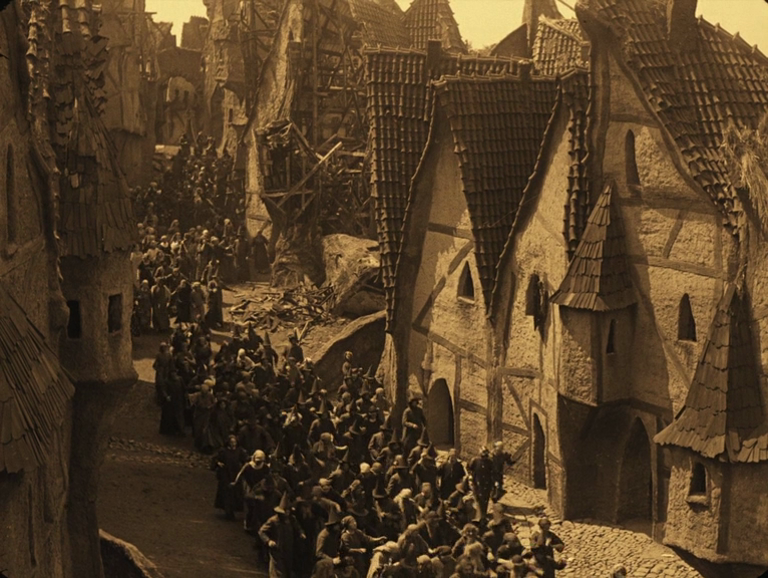
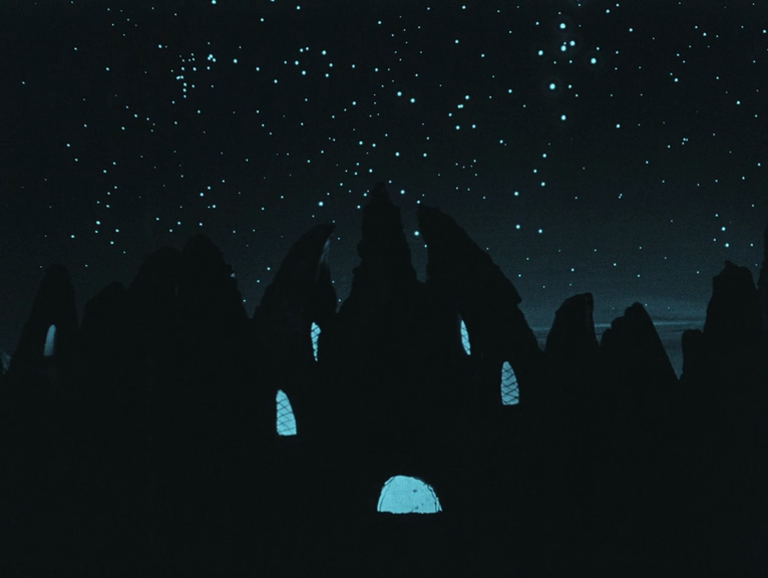
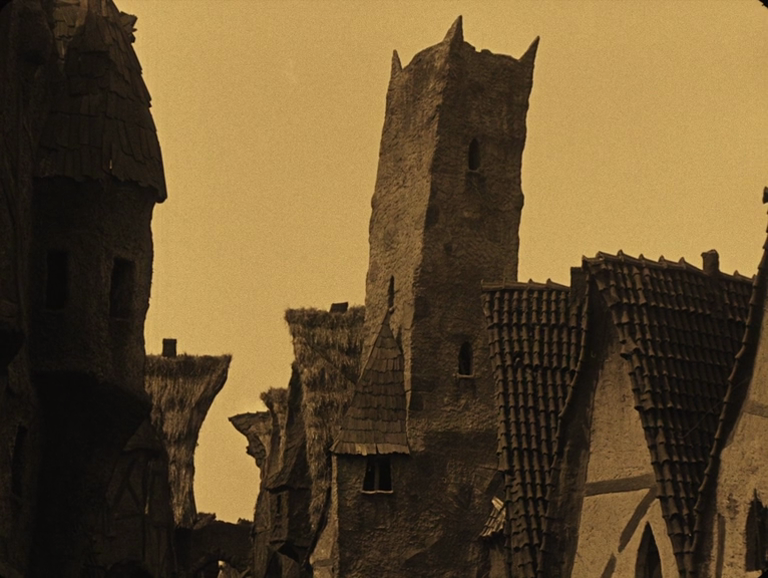
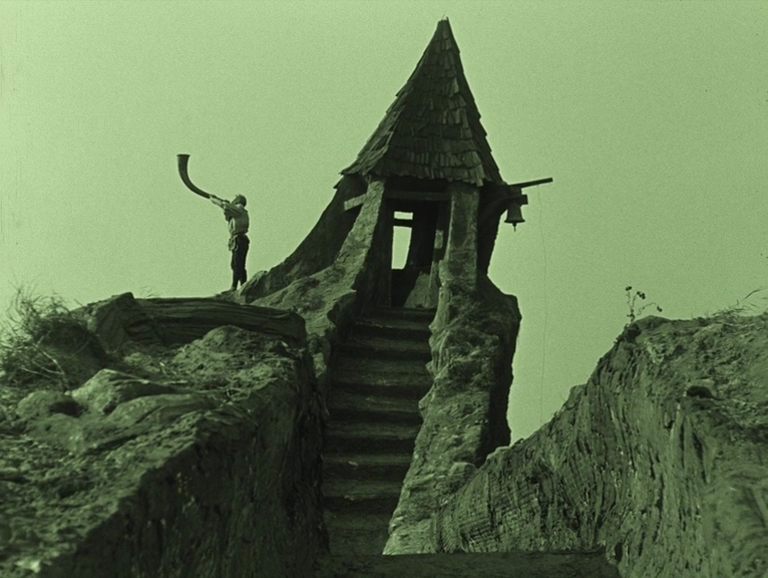
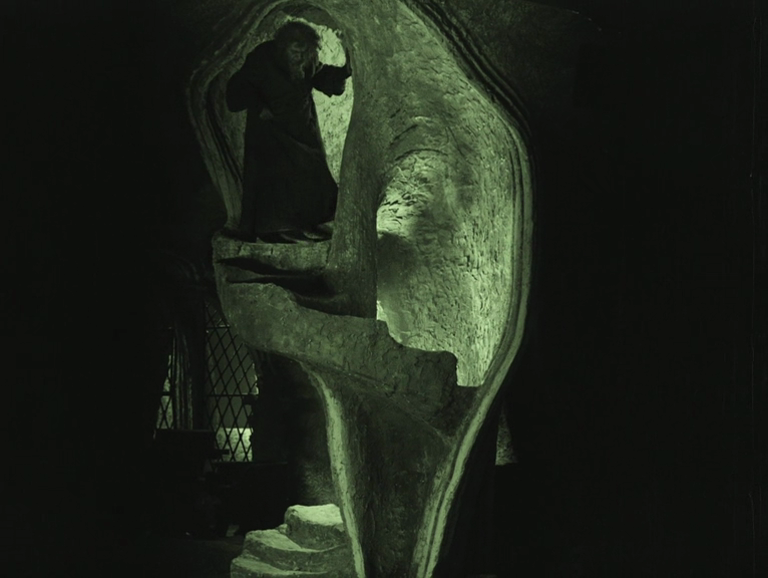
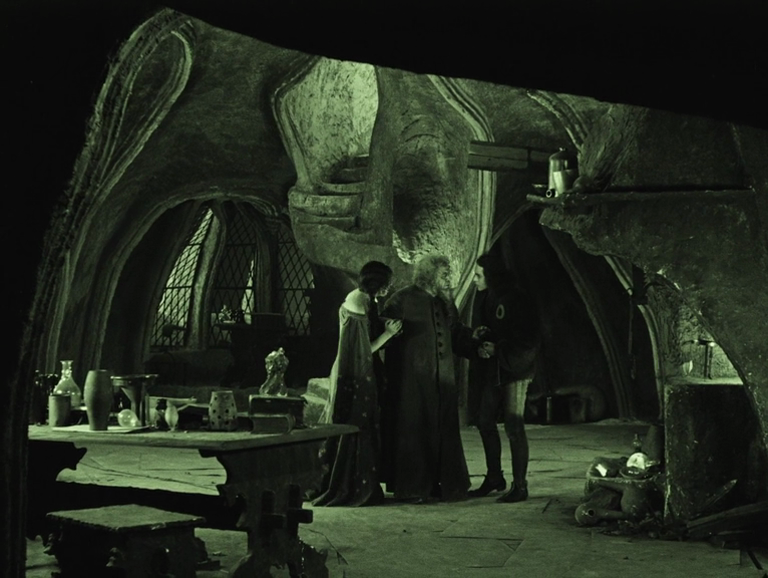
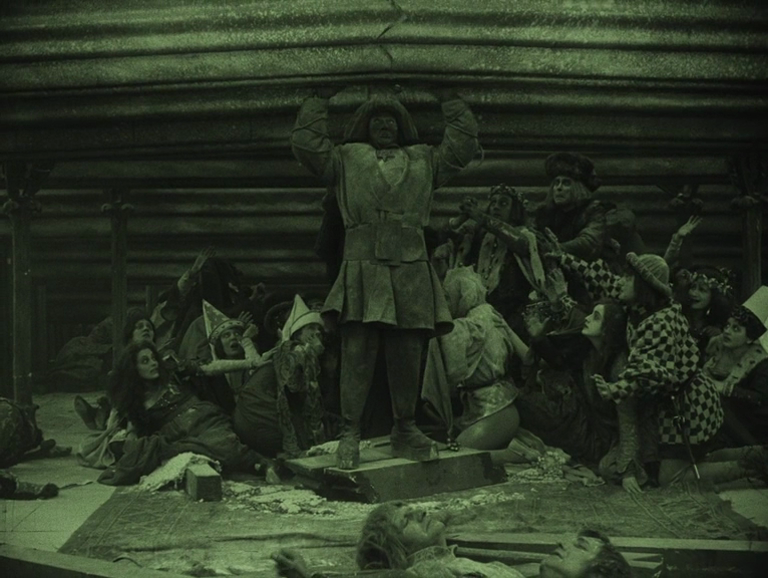
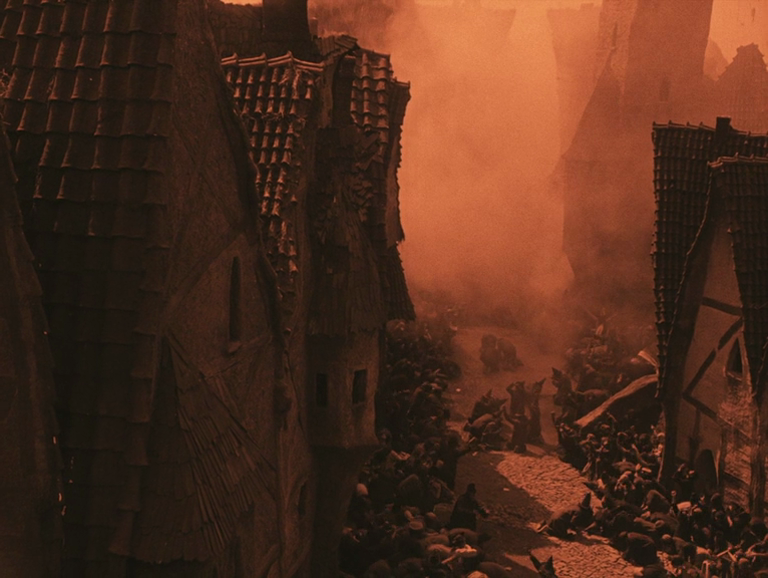
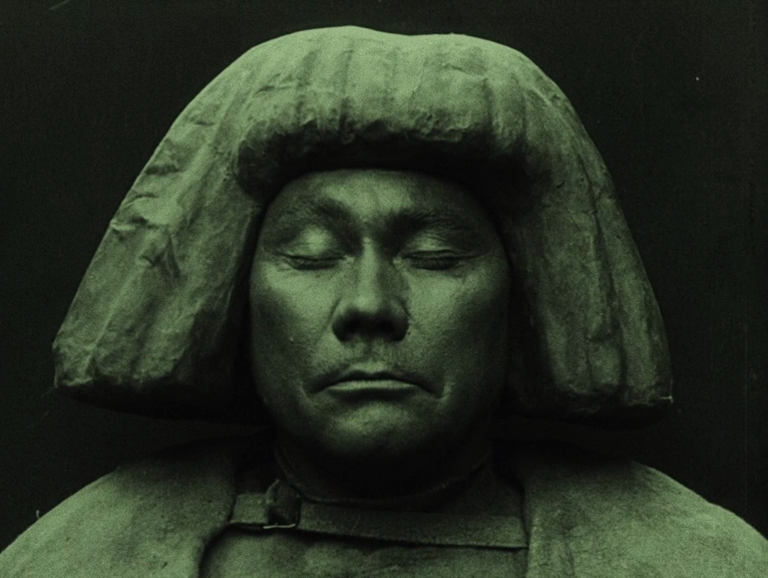
Reader Comments (3)
Wow. Lots of great information and insights here. Makes me want to revisit the film.
Another wonderful piece, Daniel! Reminds me that I haven't seen The Golem since college, I should jump back in. And thanks for that link to the photos of the Großes Spielhaus -- what I'd give to go back and stand in the middle of that place!
With all that anxiety, they should try these CBD products for stress: here